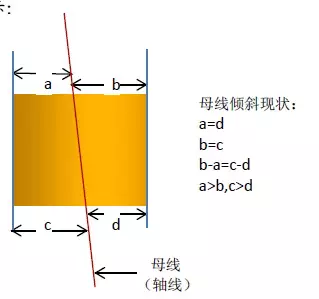Nanocrystalline material is a crystal glass with at least one dimension in nanometer scale in the three-dimensional space scale. Its grain size is about 1-250 nanometers. A notable feature of this material is that most of its atoms is in grain boundary area. This unique structural feature makes nanocrystals become a new material different from ordinary polycrystalline and amorphous solids. The interface has become a non negligible component.
Nanocrystalline materials can be divided into single phase or multiphase single crystal or multi crystal materials. In a single crystal material, any region has the same lattice direction, while the polycrystalline material is composed of many regions or grains with different lattice directions. Grain boundaries are separated by grain boundaries. Because of the small grain size of nano polycrystalline materials, the internal interface content of grain boundaries, phase boundaries or domain boundaries is very high, which significantly affects the physical and mechanical properties of nanocrystals. These characteristics make it have the excellent characteristics that traditional materials do not have. With the traditional coarse grain material (grain size range is about 10-300 microns) compared to nano materials with physical, mechanical and chemical properties is very excellent, such as high strength or hardness, good thermal stability, enhanced diffusion properties and thermal properties.
Nano crystal preparation and synthesis technology has been an important research field of nano crystal material. At present, the preparation methods of nanocrystalline materials are as follows: external pressure synthesis (such as ultra fine powder cold pressing method, mechanical grinding method), deposition synthesis method (such as various deposition methods), phase change interface formation method (such as amorphous crystallization method), etc..
Nanocrystalline materials can be applied in many fields. For example, they can not only emit light, but also absorb many colors of light. This helps to form light-emitting pixels on the high resolution display screen, or to make a new type of high efficiency, broad spectrum solar cell. At the same time, this material can also be used to develop a high sensitivity detector for a small number of specific biomolecules, such as a toxin screening system or medical testing equipment. For example, nanocrystalline materials can make up for the shortages of silicon steel and ferrite materials. This feature can improve the quality and efficiency of all kinds of electronic products, and the energy saving effect is obvious.At present, nanocrystalline materials can be used as the core material of transformer, reactor, sensor and filter.Its application range also involves our daily life of household appliances, smart meters, DC inverter air conditioning, leakage protection switch, power transmission and transformation measurement, power distribution, remote sensing sensor, etc..Nanocrystalline materials are applied to locomotive air conditioning, inverter power supply of railway locomotive, railway signal sensing, etc.. It can also be used in aerospace, aviation, navigation and other military and national high tech project.
In the future, nanocrystalline materials will be actively improved and likely to replace traditional materials. It will improve the quality and performance of products. In the preparation technology, we should be committed to the development of high-performance, micro, environmentally friendly products.

 Call us on:
Call us on:  Email us:
Email us:  R&D Center: Aoti Street #68 Building 4A 405 International R&D park, Nanjing
R&D Center: Aoti Street #68 Building 4A 405 International R&D park, Nanjing









 English
English  cn
cn  de
de  es
es  fr
fr 


